Nothing is quite as empowering as the ability to care for your health and the health of your loved ones. This isn't to say you shouldn't rely on modern medicine when necessary, but for common colds, headaches, wound care, mood support, and more, having a well-stocked place to turn to when needed is invaluable. Beyond sick care, using herbs and these amazing medicines can be a part of your basic nourishment, helping to prevent illness in the first place. Whether it's grabbing herbs to toss into your pestos and soups, mint for your mint-chocolate brownies, a daily mineral-rich tea, or a rose petal bath, herbs can be seamlessly woven into your everyday life. When you have a dedicated space to store them, this practice naturally becomes a ritual. I find immense solace in my medicine cabinet, knowing that in both my highs and lows, the herbs are there to support me.
Where to Keep It
When it comes to where to keep your medicine cabinet, the general rule of thumb is to store all your herbs away from direct sunlight, heat, and moisture. Light and heat can cause herbs to age quickly, while moisture can encourage mold growth. A food pantry or kitchen cupboard is an easy place to store your medicine, but let’s face it—that isn’t nearly as satisfying as walking up to a cabinet, opening a vintage wooden door, and discovering your array of earth medicines, now is it? Plus, when herbs are tucked away with your pots and pans, it’s easy to forget what you have.
If you have built-in open shelves in your kitchen that don’t get direct sunlight, they can be a great place to keep your herbs visible. I recommend using a bookcase, bookshelf, countertop shelf, or a combination of these. For example, you could store all your glass jars of herbs on a bookcase, keep your tinctures, salves, and oils on a small bookshelf, and place the items you use daily on a countertop shelf. Get creative! Hop on Facebook Marketplace, visit your local thrift store, and let your imagination run wild. As long as you follow proper storage methods—bottling your medicine correctly and preserving your herbs in a cool, dark, and dry area—you’ll be set!

What Herbs to Start With
Now, for the question you’re probably here for: where do you even begin when selecting herbs? If you’re new to herbalism, welcome! You’re embarking on a beautiful journey, and my first piece of advice is—don’t overwhelm yourself. Start small. Pick up local field guides and beginner herbalism books (Rosemary Gladstar has some excellent ones), and get out into your environment to learn how to identify plants. I recommend focusing on one herb a month, getting to know it, and slowly adding it to your medicine cabinet. In the meantime, consult with local herb shops to get blends that cover the basics, such as a wound-healing salve, a cold/flu tea blend, or a sleep tincture, etc. You can also start with our teas and tinctures! A study tip I have for you is to deconstruct blends you buy and try to figure out the reason for each in the blend!
Here are a few herbs I think everyone could benefit from having in their medicine cabinet:
- Yarrow Powder: Sprinkle on wounds to stop bleeding.
- Fever Blend: A mix of dried yarrow, peppermint, linden flower, catnip, or lemon balm for a classic fever remedy.
- Ginger Root Powder: Add to a bath for sore muscles, brew a cup to keep nausea at bay, and relieve digestive upset.
- Mushroom Powders: For daily immune support.
- Echinacea Tincture: Stimulates the immune system when you feel a bug coming on.
- Nutritive Herbs: Dried nettles, oatstraw, red raspberry leaf, alfalfa, and other nutritive herbs for a daily nourishing brew.
- Calendula Oil or Salve: Antibacterial and antifungal wound healer.
- Chamomile Dried Flowers: For sleep aid, digestive upset, easing irritability, and as a compress for conjunctivitis, and colic.
- Rose Dried Petals or Buds: For baths, uplifting the spirits, and as a compress on sunburn and hot, inflamed tissue.
- Valerian Root Tincture: For muscle tension, sleep aid, PMS cramps, tension headaches, and more.
This list should cover your basics, but I highly recommend exploring the wild plants growing around you, learning about them, and slowly adding them to your cabinet.
Supplies to Keep on Hand
Jars: Essential for storing herbs, making herbal infusions, and preparing other medicines like infused honey.
Labels: Label everything! It’s crucial for keeping track of your creations.
Funnels: Having funnels in various sizes is helpful for pouring herbs into small mason jars or bottling tinctures.
Mesh Strainer & Cheesecloth: A mesh strainer is ideal for tea, but cheesecloth is recommended for straining tinctures and oils.
Double Boiler: If you plan to make salves, a double boiler is incredibly useful and makes the process much easier. Making your own is also very simple.
Tincture Press: While not necessary, a tincture press can be very helpful if you start making tinctures regularly.
Compost Bin: You’ll accumulate a lot of herb material, so consider starting a compost bin instead of tossing it in the garbage.
Electric Kettle/Kettle: Not essential, but convenient!
I hope this guide has been helpful! Remember, start small— all you really need is some cupboard space, a jar, a strainer, and the passion. Now, get started on your medicine cabinet and embrace this beautiful adventure into the world of herbs for your well-being.





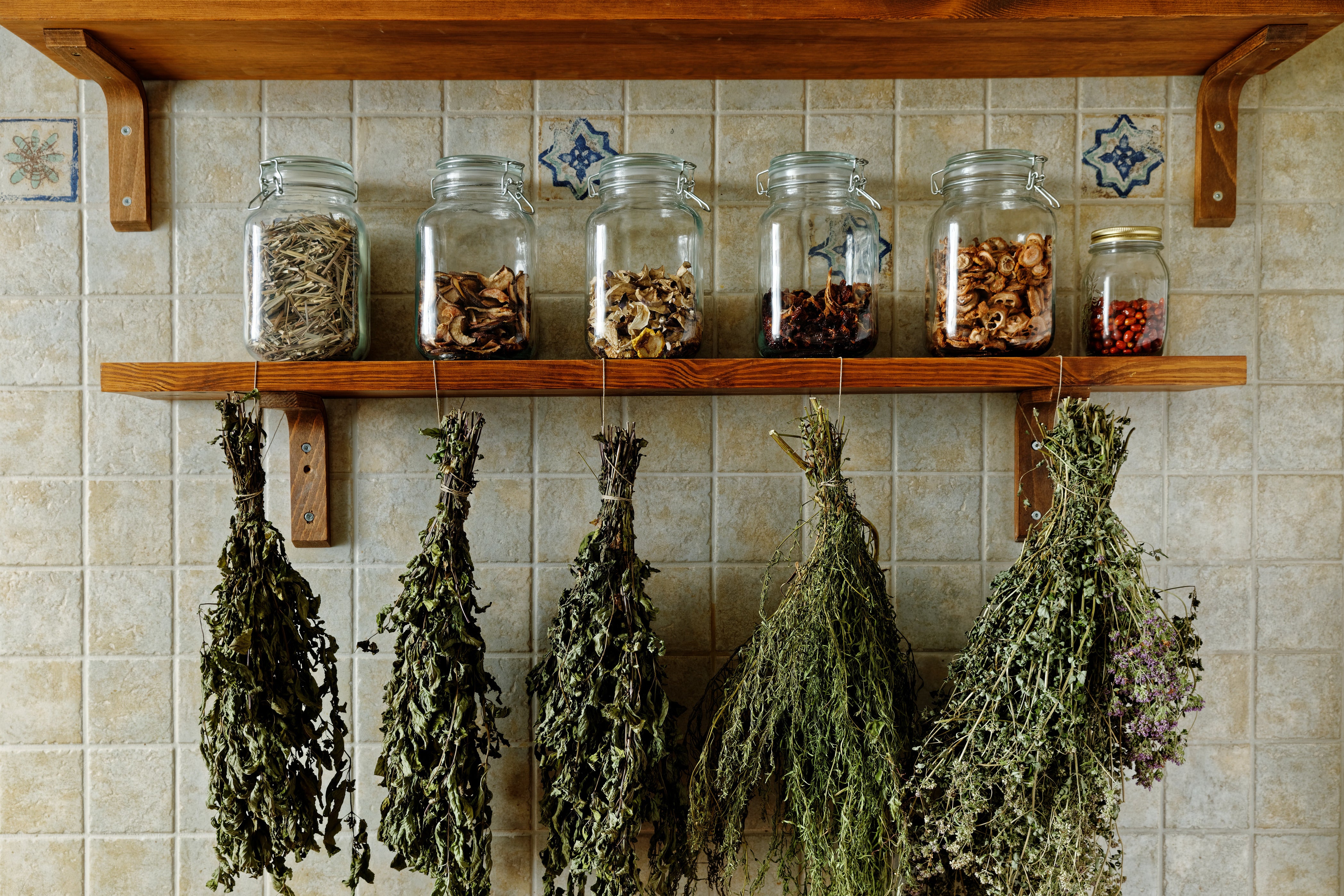
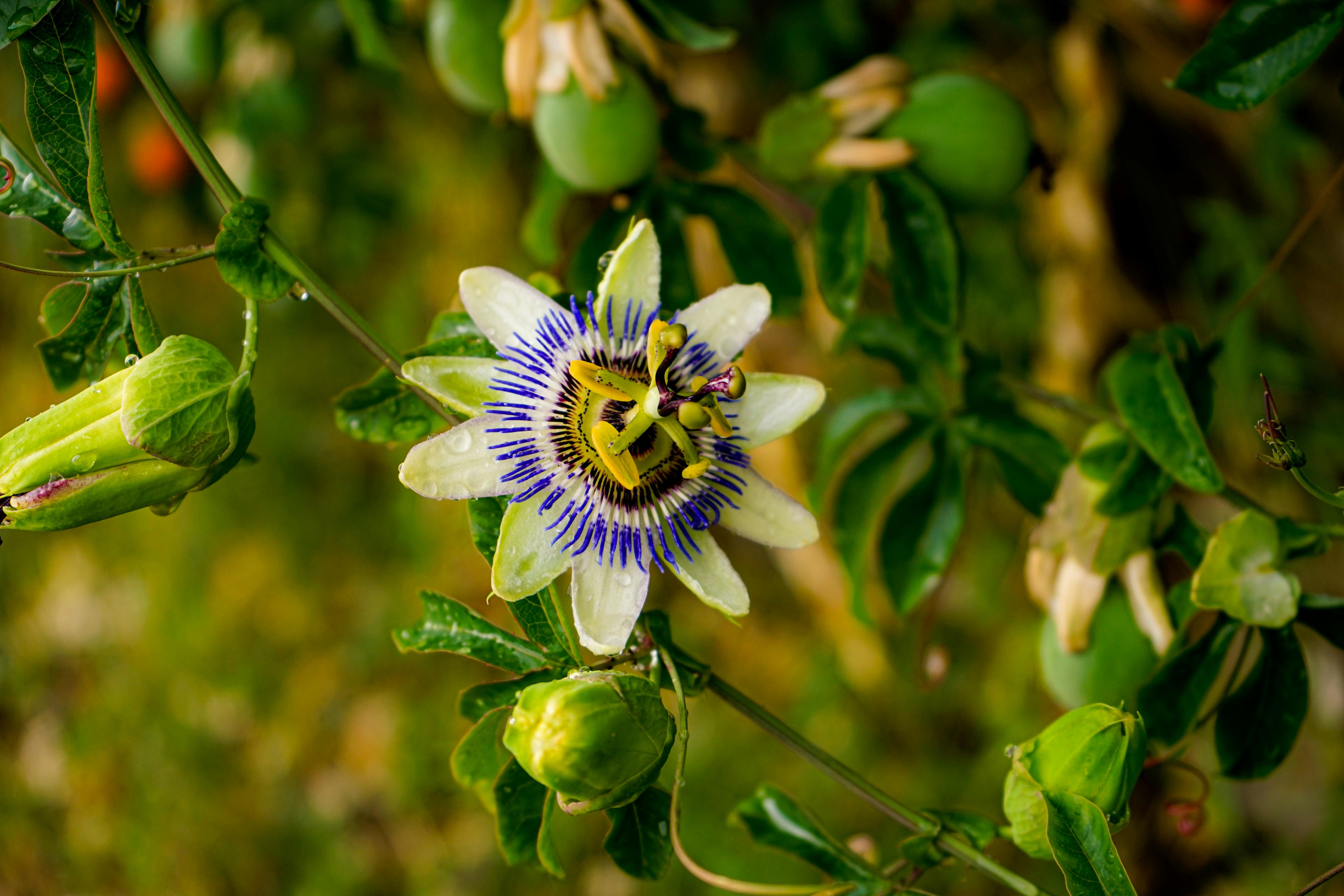
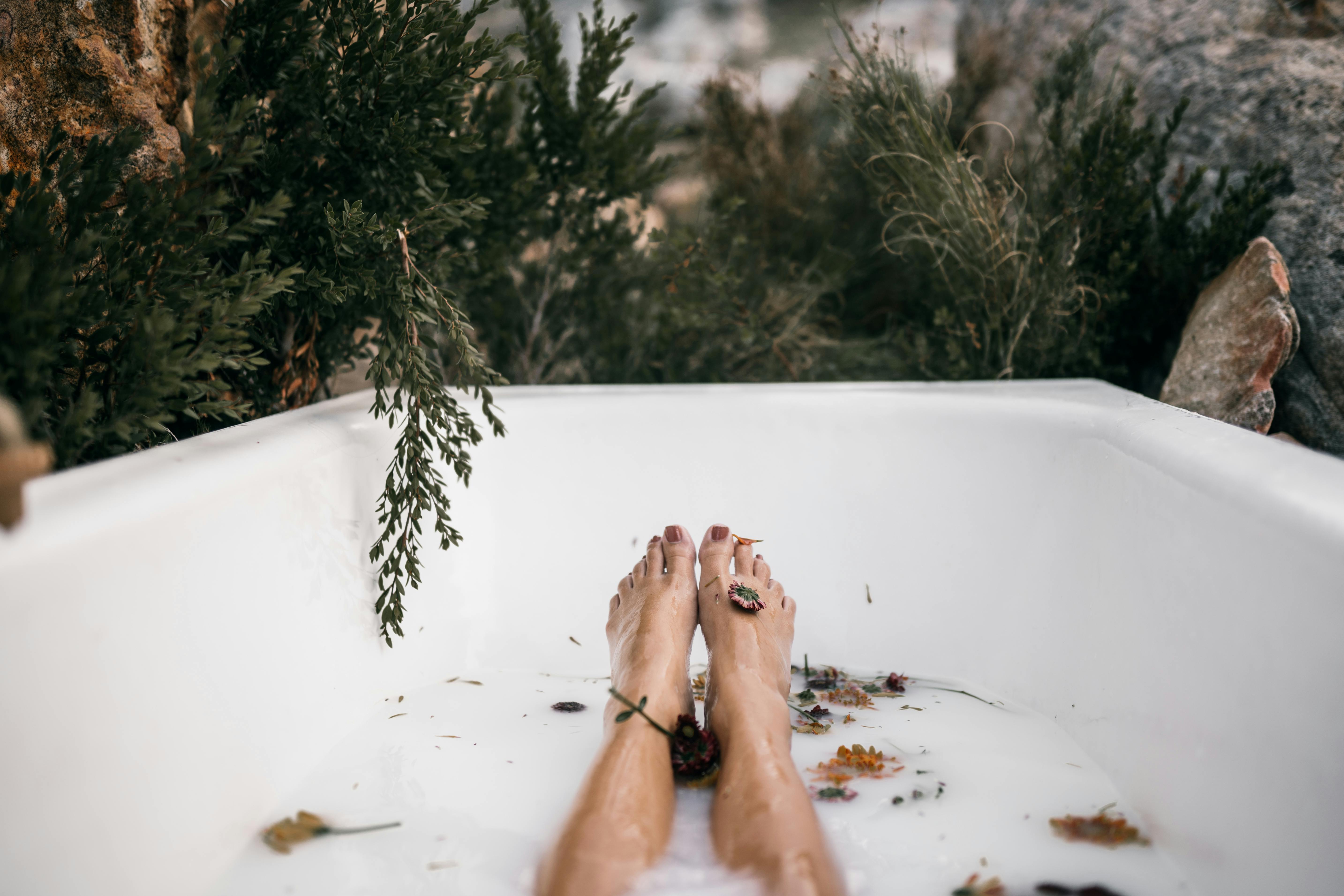
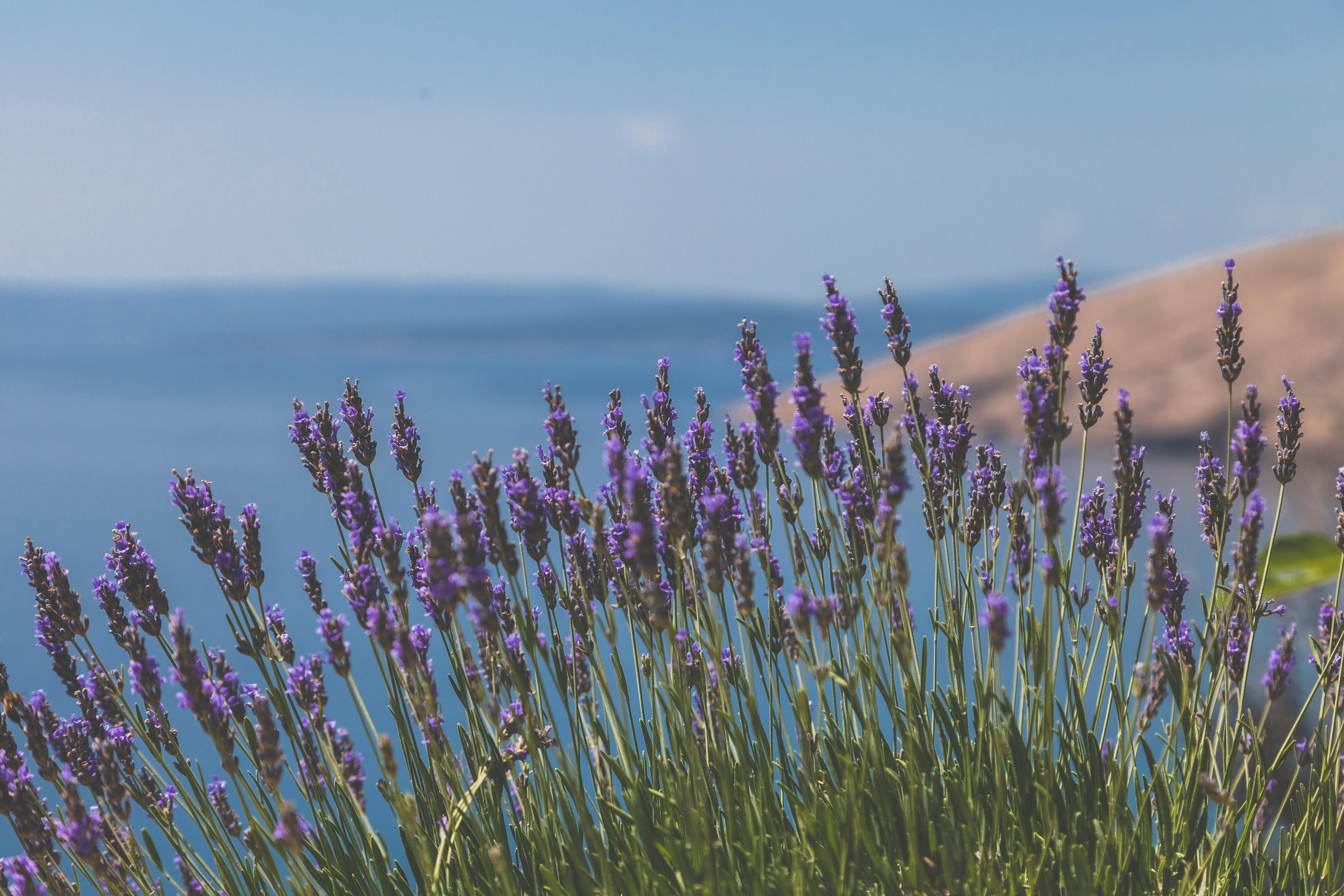
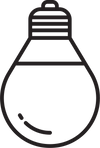
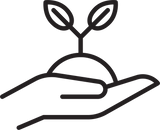
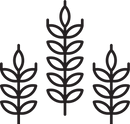
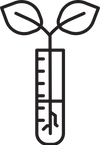
Leave a comment